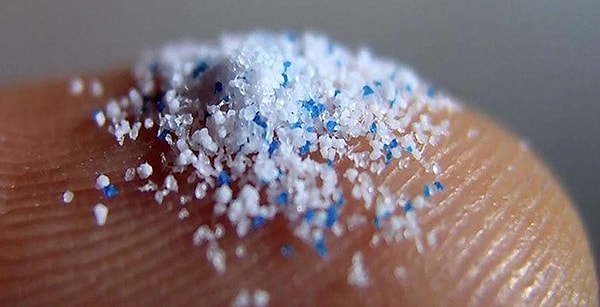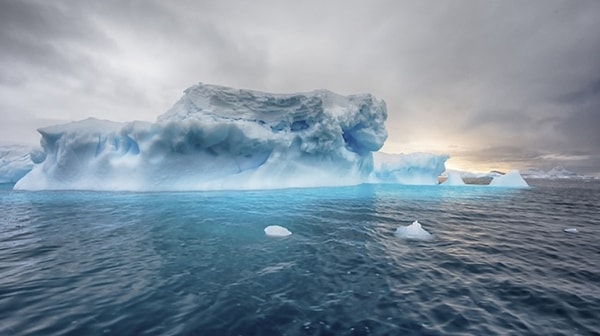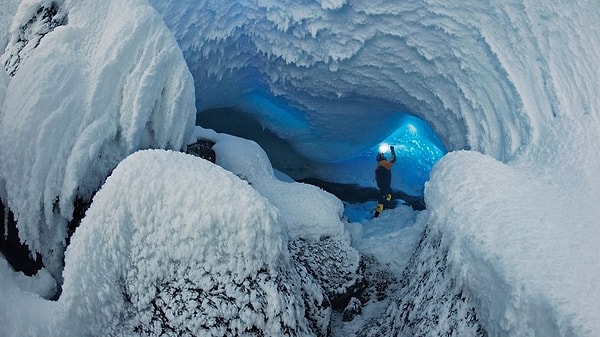Scientists Discover Microplastics in the Most Remote Corners of Antarctica
Antarctica, known for its isolation and untouched beauty, has just revealed a shocking secret. In a groundbreaking study, scientists have discovered traces of microplastics in the farthest reaches of this frozen land. Microplastic pollution is no longer confined to bustling cities or oceans—it has now infiltrated even the most remote areas of our planet. Want to know more about this alarming discovery? Keep reading for the full details!
Microplastics are everywhere in our lives, and they can be found in nearly every product we consume or use.

So, what exactly are microplastics? Let's remind ourselves. Microplastics are plastic particles smaller than 5 millimeters in size. They are often the result of the breakdown of larger plastics or from products like cosmetics that contain microcrystals.
Recently, scientists discovered microplastics in one of the most remote corners of Antarctica.

This discovery marks the first time microplastics have been found at such a distant location.
Initial analyses indicate that the microplastics likely came from local sources.

'This could be due to outdoor clothing or ropes and flags used to mark safe routes around camp areas,' says Dr. Clara Manno, an ocean ecologist at the British Antarctic Survey (BAS).
What’s most concerning is the unknown impact of microplastics on wildlife.

'Despite strict regulations on materials entering Antarctica, our findings reveal that microplastic pollution is present even in the most remote and heavily regulated areas,' says Dr. Kirstie Jones-Williams, a co-author of the study. 'This highlights just how widespread plastic pollution is, and it shows that no place on Earth remains truly 'clean.''
For the study, scientists examined samples from three field camps located in two remote areas of the South Pole: Union Glacier and Schanz Glacier.

Their analysis revealed microplastic concentrations ranging from 73 to 3,099 particles per liter of snow. The majority of these particles (95%) were smaller than 50 micrometers, which is roughly the size of a human cell.
"In fact, we found that the microplastic concentration in these snow samples was 100 times higher than in previous studies of Antarctic snow samples," the researchers noted.
Across the three sites, they identified several common types of plastics, including polyamide (used in textiles), polyethylene terephthalate (found in bottles and packaging), polyethylene, and synthetic rubber.
While researchers believe the microplastics came from local sources, they emphasize the need for further investigation to confirm this.
Keşfet ile ziyaret ettiğin tüm kategorileri tek akışta gör!


Send Comment